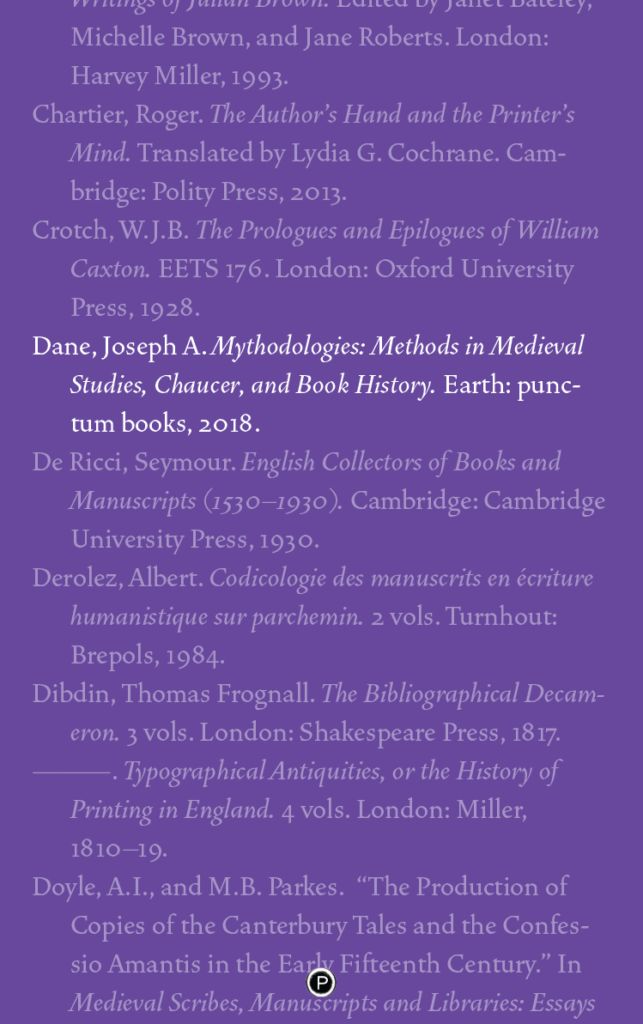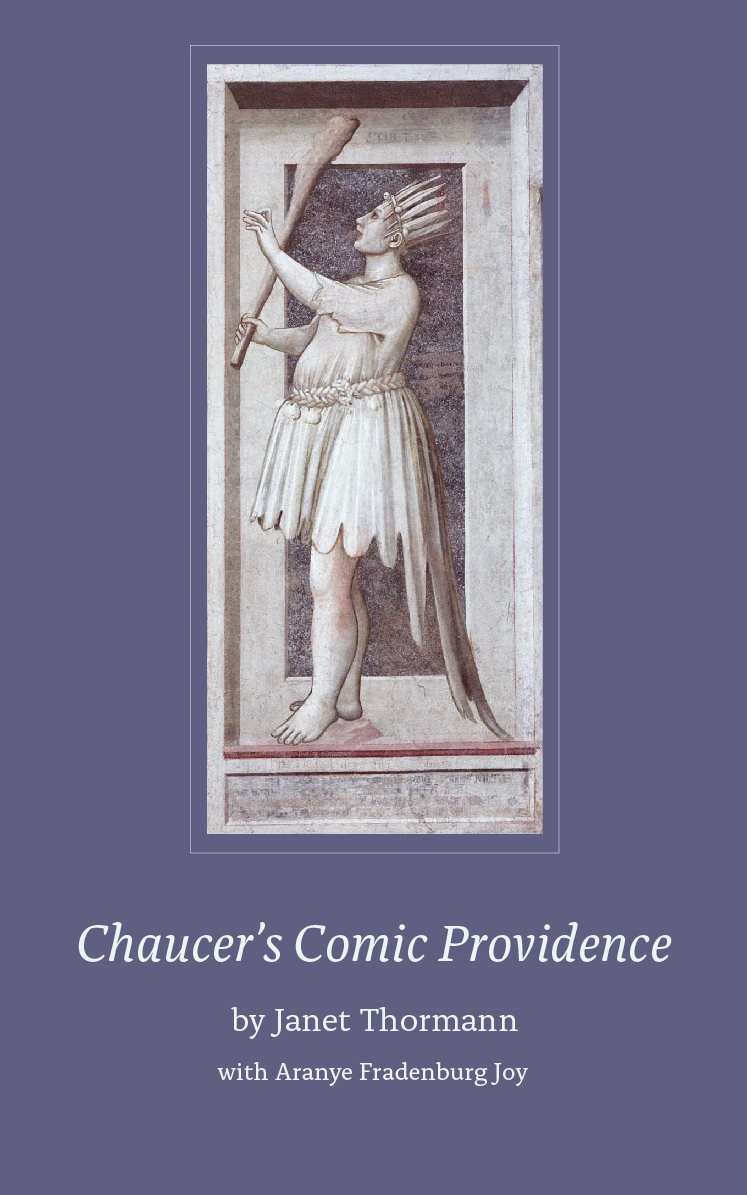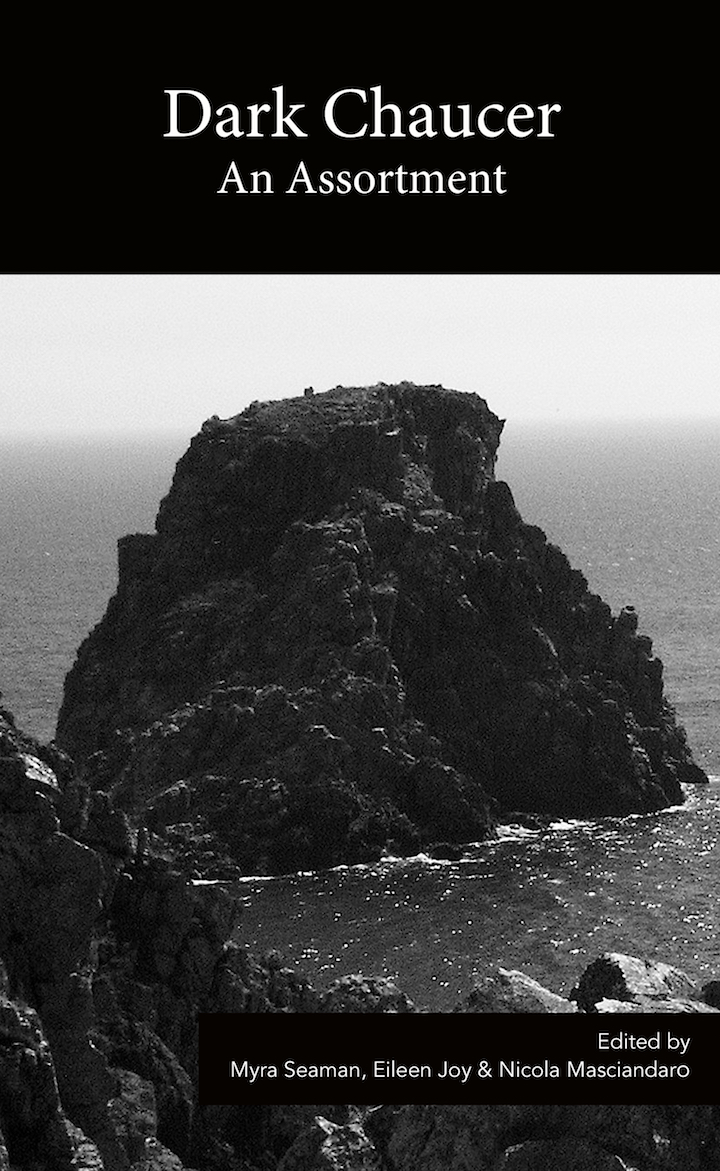Mythodologies challenges the implied methodology in contemporary studies in the humanities. We claim, at times, that we gather facts or what we will call evidence, and from that form hypotheses and conclusions. Of course, we recognize that the sum total of evidence for any argument is beyond comprehension; therefore, we construct, and we claim, preliminary hypotheses, perhaps to organize the chaos of evidence, or perhaps simply to find it; we might then see (we claim) whether that evidence challenges our tentative hypotheses. Ideally, we could work this way. Yet the history of scholarship and our own practices suggest we do nothing of the kind. Rather, we work the way we teach our composition students to write: choose or construct a thesis, then invent the evidence to support it.
This book has three parts, examining such methods and pseudo-methods of invention in medieval studies, bibliography, and editing. Part One, “Noster Chaucer,” looks at examples in Chaucer studies, such as the notion that Chaucer wrote iambic pentameter, and the definition of a canon in Chaucer. “Our” Chaucer has, it seems, little to do with Chaucer himself, and in constructing this entity, Chaucerians are engaged largely in self-validation of their own tradition. Part Two, “Bibliography and Book History,” consists of three studies in the field of bibliography: the recent rise in studies of annotations; the implications of presumably neutral terminology in editing, a case-study in cataloguing. Part Three, “Cacophonies: A Bibliographical Rondo,” is a series of brief studies extending these critiques to other areas in the humanities. It seems not to matter what we talk about: meter, book history, the sex life of bonobos. In all of these discussions, we see the persistence of error, the intractability of uncritical assumptions, and the dominance of authority over evidence.
TABLE OF CONTENTS //
Part I. Noster Chaucerus
Chap. 1. How Many Chaucerians Does it Take to Count to Eleven? The Meter of Kynaston’s 1635 Translation of Troilus and Criseyde and its Implications for Chaucerian Metrics
Chap. 2. Chaucer’s “Rude Times”
Chap. 3. Meditation on Our Chaucer and the History of the Canon
Coda. Godwin’s Portrait of Chaucer
Part II. Bibliography and Book History
Chap. 4. The Singularities of Books and Reading .
Chap. 5. Editorial Projecting
Chap. 6. The Haunting of Suckling’s Fragmenta Aurea (1646)
Coda. T. F. Dibdin: The Rhetoric of Bibliophilia
Part III. Cacophonies: A Bibliographic Rondo
Fakes and Frauds: The “Flewelling Antiphonary” and Galileo’s Sidereus Nuncius
Modernity and Middle English
The Quantification of Readability
The Elephant Paper and Histories of Medieval Drama
The Pynson Chaucer(s) of 1526: Bibliographical Circularity
Margaret Mead and the Bonobos
Reading My Library




